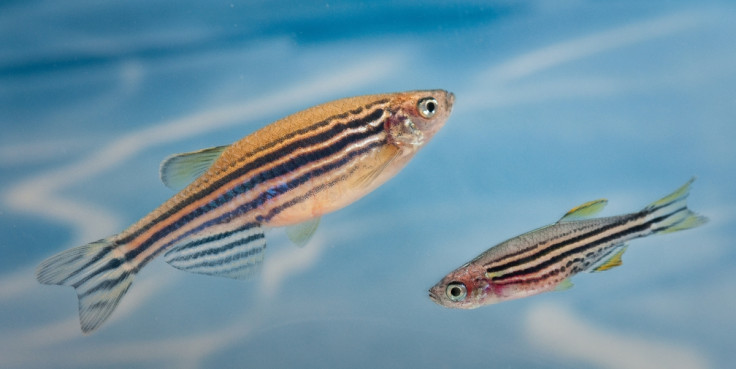Brain over brawn: Winning a battle really is all in the mind - if you are a fish

In a fight, it really is brain over brawn when it comes to which contender will come out on top – in zebrafish at least. Scientists have discovered two neural circuits deep within the brain that influence whether a fight will be won or lost.
In social animals, fighting serves an important purpose. It maintains the group structure and in some species has an influence over reproductive success. However, for survival of the competitors, it is also important to know when to stop fighting and escape. Scientists were looking to find out what governs these decisions in the brain.
The researchers, from the RIKEN Brain Science Institute in Japan, examined the brains of zebrafish when fighting to look at the processes involved in combat decisions. They looked at the habenula – a part of the brain that corresponds to a region in mammal brains that regulates fight and flight behaviours.
Published in the journal Science, the researchers isolated male zebrafish for 24 hours then placed them together in a tank so they would fight. In these fish fights, the scientists documented signalling, circling, biting and surrendering.

Findings showed there were two neural circuits in sub-regions of the habenula that were heavily involved in the outcome of the fight. Activity in one circuit was associated with surrender, or losing, while the other was involved in continuing aggression. Researchers say the habenular circuits effectively work as a calculator for the fight outcome.
The team then genetically manipulated the fish so winning and losing pathways were inhibited. When the 'winning' pathway was inhibited, fish were far more likely to lose despite being a similar size and having a similar level of aggression to their opponent. When the 'losing' pathway was inhibited, they tended to win the fight.
Study leader Hitoshi Okamoto said: "We think the activity in the habenular circuits may be dynamic during the fight, with competition between the lateral and medial sub-regions. When a threshold in activity is reached, it may push the fish into a winner or loser state, either continuing the aggression, or surrendering."
Researchers say that while the study was conducted on fish, it could correlate to human behaviour: "These same circuits exist in all vertebrates, including humans, with possibly the same bistable mechanism," Okamoto said.
More from IBTimes UK
© Copyright IBTimes 2025. All rights reserved.






















